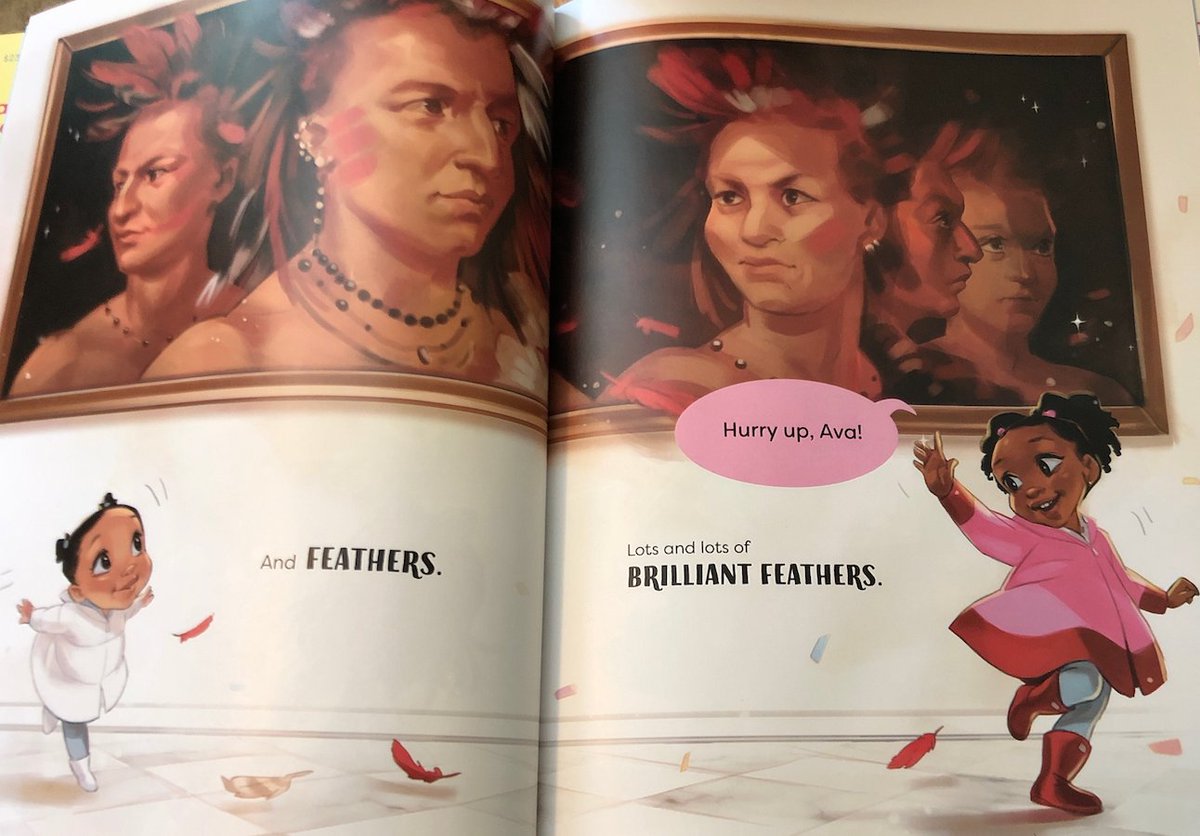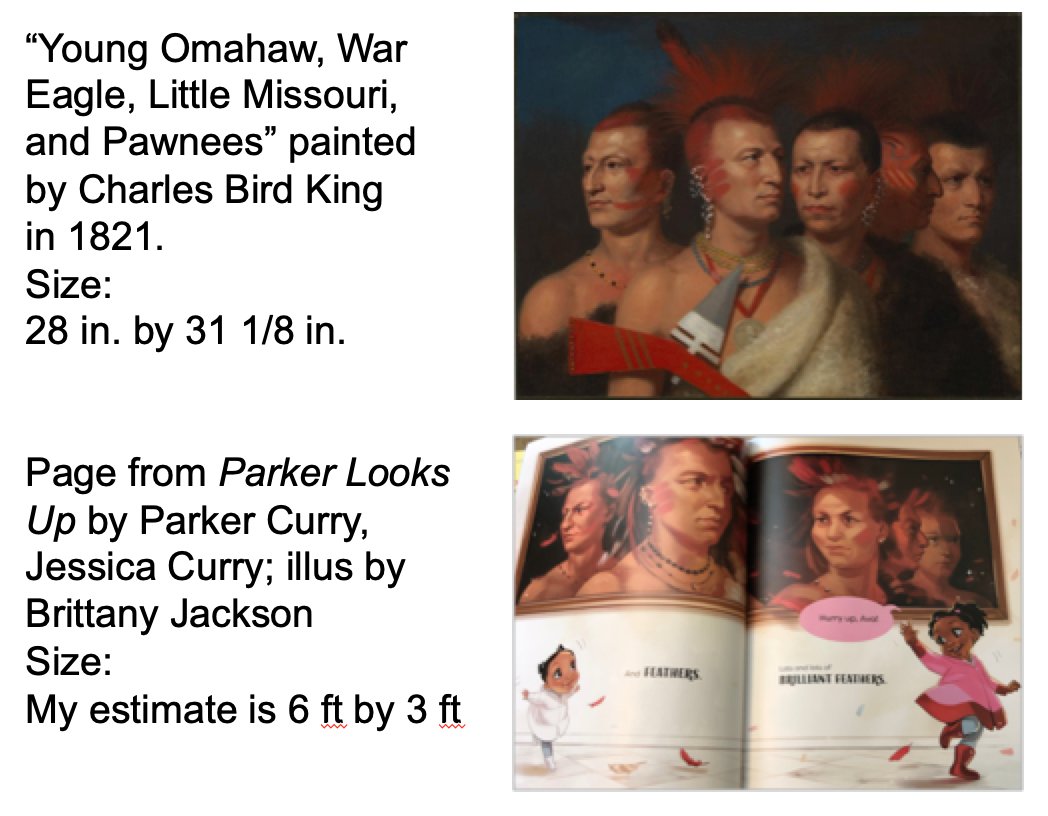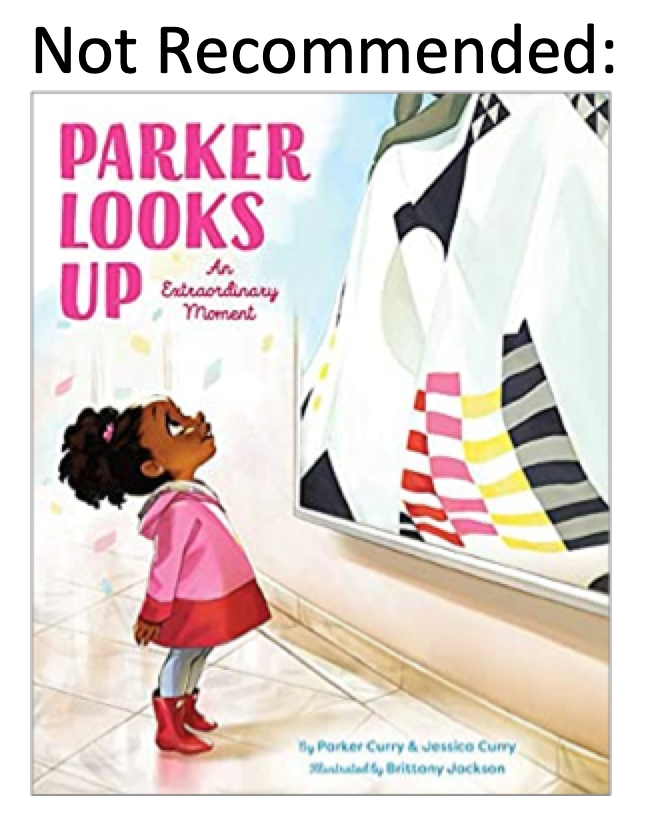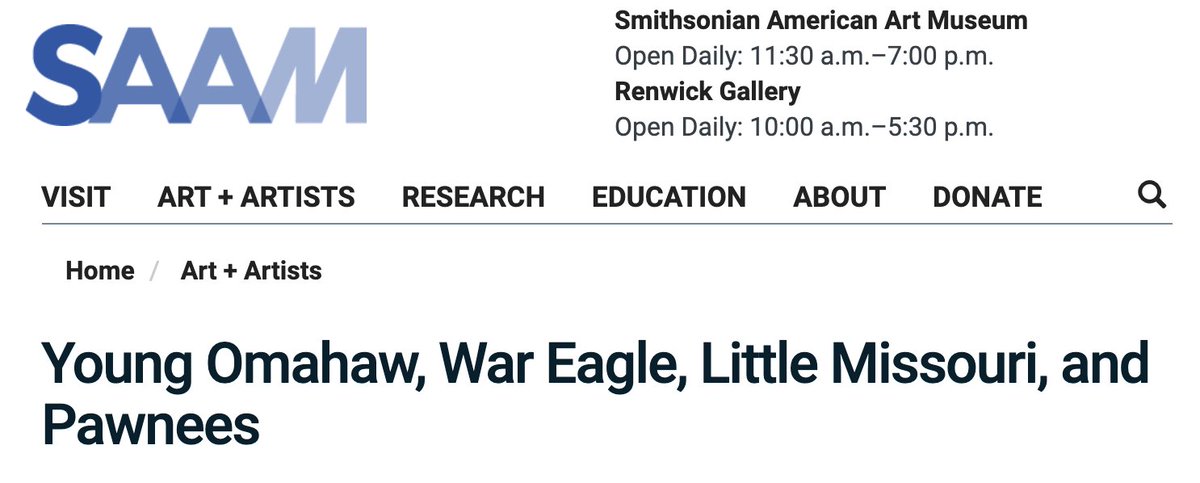Code Word Courage
Written by Kirby Larson
Published in 2018
Publisher: Scholastic Press
Reviewer: Debbie Reese
Status: Not Recommended
****
In 2018, a reader wrote to ask me about Kirby Larson's Code Word Courage. Here's the description:
Billie has lived with her great-aunt ever since her mom passed away and her dad left. Billie's big brother, Leo, is about to leave, too, for the warfront. But first, she gets one more weekend with him at the ranch.
Billie's surprised when Leo brings home a fellow Marine from boot camp, Denny. She has so much to ask Leo -- about losing her best friend and trying to find their father -- but Denny, who is Navajo, or Diné, comes with something special: a gorgeous, but injured, stray dog. As Billie cares for the dog, whom they name Bear, she and Bear grow deeply attached to each other.
Soon enough, it's time for Leo and Denny, a Navajo Code Talker, to ship out. Billie does her part for the war effort, but she worries whether Leo and Denny will make it home, whether she'll find a new friend, and if her father will ever come back. Can Bear help Billie -- and Denny -- find what's most important?
A powerful tale about unsung heroism on the WWII battlefield and the home front.
In May (of 2019), I saw Code Word Courage on the International Literacy Association's "Teachers' Choices 2019 Reading List" of books. Books on it are described as being "exceptional for curriculum use." That means that teachers are being encouraged to use the book to teach children. What do they learn from Larson's book?
Code Word Courage is a story about a White girl named Billie, a dog named Bear, and a Diné (Navajo) man named Denny Begay (and Denny's friend, Jesse, who is also a Code Talker).
The author, Kirby Larson, is White.
What we have in
Code Word Courage is a White woman of the present day (Larson), creating dialogue, thoughts, emotions and actions of Native men who were born on the Navajo reservation in about 1926.
That is a difficult task.
In her Author's note, Larson writes:
Though I had tremendous input from people like Dr. Roy Hawthorne, one of the Navajo Code Talkers, and Michael Smith, son of Code Talker Samuel "Jesse" Smith, Sr., it is possible that I have made some mistakes in relating this story. I beg forgiveness in advance.
She says in that note, that it is possible she has made some mistakes and she begs forgiveness if those mistakes are there. Sounds good, but that disclaimer doesn't work for teachers in a classroom who don't know the mistakes are there. And if those mistakes are there, she's asking teachers--and students--to forgive her for making them. She wants them to feel bad for her--not for the people who are misrepresented by her errors.
In her Acknowledgements, Larson writes that she asked Michael Smith to read the parts about Denny. She said that she's
"so grateful for his guidance, corrections, and encouragement. In honor of his kindness, and with his permission, I have named one of the characters in this book after his father."
See "corrections" in that first sentence? Michael Smith told her some things she had written were in need of correction. We can assume that she made those corrections, but she didn't say something like 'I made every correction he asked for' -- so, we don't know for sure. Instead, she tells us that she named a character after his father. What is the impact of that naming, on him? Is it something he feels good about? Maybe. But maybe not--and if he doesn't like what she did--is his dad's name in the book causing him to be quiet about problems that didn't get corrected?
I know--that's a lot of speculation on my part but I find it unsettling.
In the story Larson tells, we learn that Denny spent his early years with his family and then went to boarding school when he was eight. In chapter 7, we read his thoughts about "customs" his people did "after the Long Walk."
This is the text on page 49 (the first page of chapter 7):
"His mother had awakened him before dawn since he could remember, sometimes throwing him in winter's first snow to toughen him up, sometimes urging him to run east as far and as fast as he could. His grandmother said these customs started after the Long Walk, when so many People perished. Every Diné mother wanted her children strong enough to survive should such an atrocity ever happen again."
Through Denny, Larson is telling readers that an event that took place in 1864 led the Navajo people to create two "customs" so they would be able to survive "atrocity" if it happened again. The two "customs", she says, are 1) throwing a child in winter's first snow to toughen them up, and 2) running east as far and as fast as they can.
Fact: tribal nations have cultural ways and traditions going back centuries. We have words--in our languages--for things we do. White writers (especially anthropologists) use "custom" for some of these things. Sometimes, Native scholars and writers use that word, too. So, presumably Larson is using "custom" because that is what she read in her sources.
Larson tells us that one of her sources is
Code Talker: The First and Only Memoir by One of the Original Navajo Code Talkers of WWII by Chester Nez, with Judith Schiess Avila. In that book, Nez wrote about his childhood. In that book, Nez writes (Kindle location 969):
Grandma told us about her childhood. My eyes drifted close. It had been a long day. In less than a month, school would resume for me, Coolidge, and Dora. I wished that I could stay home and spend the winter with my family. As I drifted to sleep, I pictured snow, deep around the hogan. When I was very young, sometimes my brothers and I stripped naked in the snow, and Father rolled us in a snowbank. This Navajo tradition toughed us children against winter cold.
I highlighted those last two sentences. Remember, Larson tells us that children were "thrown" into the snow. Nez says they were rolled in a snowbank. He also says it was done to toughen them against winter cold. No mention of anything to do with the Long Walk. Nez talks about directions (east, especially) several times in his book, but none of those instances have anything to do with the Long Walk.
I think the information Larson presented in chapter 7 is incorrect. It will, however, be the sort of thing that students will "learn" as they read this book--especially given that the International Literacy Association is encouraging use of the book in schools.
There are other problems in the book. I did a Twitter thread on May 11, 2019, as I read Larson's book. I'm pasting it below, for your reference. In short, I do not recommend
Code Word Courage.
****
May 11, 2019
Been unable to get to CODE WORD COURAGE by Kirby Larson for too long. It is top of the stack today.
One of the resources I'll use as I read it is Laura Tohe's CODE TALKER STORIES. Tohe is Diné. (Kirby Larson is not.)
I'm on page 32 of Larson's book. I have many post it notes in the book already but am pausing on page 32 because of the way the Diné (Navajo) character's identity is presented in the book. "Big-Water Clan" and "Red-Cheek-People Clan." It is the hyphens that give me pause.
One reason I'm reading CODE WORD COURAGE today is because it is on the International Literacy Association's "Teachers Choices" book list.
Re Larson's use of hyphens, I don't see them used in Tohe's book or in Jennifer Denetdale's RECLAIMING DINÉ HISTORY, where she writes that she "was born for 'Áshiihí (Salt People).
I wonder why they're in Larson's book? An editor's decision, maybe?
Finished rdg CODE WORD COURAGE by Kirby Larson. Now, adding my notes/thoughts to this thread.
On page 13, we meet Denny Begay, the Diné (Navajo) character. He's been at boot camp with a white guy named Leo. They're on their way to see Leo's aunt and sister.
The book is arranged (mostly) in alternating chapters. Chapter 1 is "Billie" (Leo's sister) and chapter 2 is "Denny" and so on thru the rest of the book.
Leo and Denny are hitchhiking but cars pass them by. Leo is surprised because that hasn't happened to him before. We're reading Denny's thoughts. He's surprised Leo doesn't realize that he (Denny)--an Indian--is the reason people are not picking them up.
He thinks abt being taken to boarding school when when he was 8, where the principal would wash his mouth w soap when he spoke Navajo.
Denny hears a sound that Leo can't hear. "All those years of watching his mother's sheep had trained him to recognize the sound of an injured animal" (p. 14).
CODE WORD COURAGE is one bk in Larson's series of dog stories. The sound Denny hears is a dog.
What we have in these chapters about Denny is Larson imagining his thoughts and feelings. In short: a white woman of the present day is imagining the words, thoughts and feelings of a Diné man of the 1940s.
In her Acknowledgements, Larson writes that Michael Smith, son of Code Talker Samuel Jesse Smith, "read the Denny portions of this book." He gave her "guidance, corrections, and encouragement."
To "honor his kindness, and with his permission," she named a character after his father. That character is with Denny in the chapters where Denny is learning the code and then on a ship and finally, on shore at Iwo Jima.
Jesse and Denny both have corn pollen with them. Jesse uses his and says Diné prayers; Denny does not.
Those parts (use of the corn pollen, words spoken) make me uneasy. Are they accurate? Did Michael Smith say anything about that being in the bk?
My personal and professional preference is that content specific to a Native peoples' spiritual ways NOT be in a bk written by someone who is not of that tribal nation.
Last yr I thought that what Roanhorse had in TRAIL OF LIGHTNING was ok because she had a Diné reader.
And so, I recommended the book. I came to regret that recommendation, as I've written,
here. Please follow that link. Many Diné writers feel that Roanhorse appropriated their ways.
And they feel that she mis-used those ways, too. For your convenience, here's a letter they wrote about her and her book:
Trail of Lightning is an appropriation of Diné cultural beliefs.
I wonder how they'd feel about what Larson has done? She says Michael Smith guided her. Roanhorse had a Navajo reader, too. It didn't matter. It is an example of disagreements within a specific group.
My position is to protect religious ways from being exploited.
I think Larson is on slippery ground with those parts of her book. Jesse's praying (with corn pollen) could have been included without any of those details.
As noted in tweet 8, Denny finds a dog. In its eyes, Denny sees the "familiar pain of rejection." He thinks they have rejection in common and "In eighteen years, the first time he'd felt accepted was at boot camp" (p. 15) where everyone was treated like crap.
That "eighteen years" is a problem for me. He lived at home until he was eight, remember? So... did he feel rejection when living at home as a child? (Answer is, no.) That "eighteen years" is something an editor should have caught.
Something passes between the dog and Denny as they look at each other. I'm noting that moment because later in the story when Denny is at Iwo Jima, the dog seems to appear to him.
I haven't read Larson's other dog bks. Is that a theme in them (a special relationship between a person and a dog, and then the dog appearing in a spiritual way, later)?
Once they get to Leo's house and are eating dinner, Denny tells Billie that his dad's favorite author was Jules Verne. That's possible but it stuck out to me, especially when later, Denny thinks about a John Wayne movie. To many Native ppl, John Wayne gets a thumbs down.
Denny says that "Uncle Sam put all us Navajos in the Marines" (p. 32). I don't think that is accurate. Thousands of Navajos enlisted. I doubt every one of them was put in the Marines.
How would Denny have that information? He just got out of boot camp.
On page 49, Denny is remembering his mother waking him before dawn, sometimes throwing him in the snow "to toughen him up" and sometimes telling him to run east as fast and as far as he could. His grandmother said they started doing these "customs" after the Long Walk.
Getting up and facing east every morning, and running is something he still does. It is habit.
That feels to me like a consistency error. He probably did that before boarding school but once there, could he have done that running east? Doubtful.
And I'd like to know Larson's source for that "custom." Why run east, fast? To get away from the soldiers who were forcing the Navajos on that Long Walk? Something feels off about "east" and these "customs" after the Long Walk.
On p. 68 Denny reaches into the buckskin bag he wears around his neck (on p. 33 when Billie saw it, he could tell she wondered what was inside; what he kept in it was personal/private but that he could tell her a little--that it has "corn pollen and tokens") and gives her a turquoise stone as a way of thanking her for being so nice to him while he was visiting them.
Billie wonders if it is magic and can grant wishes.
I wonder how kids are interpreting that? There's no check on that idea on the page (or elsewhere).
On p 103, Denny is on duty, in a room where there will be a "little test" of the code, which is in development.
The way he and the other 18 Diné men reply to the Lieutenant reminds him of boarding school where people "could see only skin color."
That's a bit slippery, too. The boarding schools weren't about the color of Native people's skin. They were about their status as tribal members/citizens of sovereign nations. The schools were a govt assimilation program to undermine Native nationhood status.
Denny remembers getting to the school and the matron examining his long hair for lice three times. She didn't find any but cut his hair anyway.
I don't think that's accurate. Hair was cut, no matter what. The way Larson writes that part suggests that if a person had long hair and no lice, they could keep their hair long. That did not happen. Hair was cut, period.
There's a Mexican American family in Larson's bk, too. The father works for Billie's aunt, managing her ranch. The boy, Tito, is in Billie's class at school. They become friends. The bully in the story picks on Tito a lot.
The bully picks on Billie, too, but the taunts at Tito are because of his identity. At Valentines Day the class makes heart cards to send to the hospital at Camp Pendleton. Tito writes a message in Spanish.
The bully tells their teacher that the cards are "going to Americans" and "should be in American." The teacher tells him "you mean English" and then realizes why the bully is asking the question.
It is good that she's not racist like the bully, but her pushback on him is not ok. She talks abt a newsreel that had "white faces, brown faces, black faces. Even the faces of men of Japanese heritage." (p. 162).
She pats her heart and says "It reminded me that, here in America, we may all come from different places" (p. 162).
No. That sounds like the "we are all immigrants" thinking that, in essence, erases Indigenous people.
Several times, Billie refers to things that Tito's family makes, like tamales. The references to food are superficial decorative in nature. And the references to "home made tortillas" are odd. The story is set in 1944. Were there factory-made tortillas then?
Some of the things I'm pointing out might seem picky, but if you're of the people whose ways are being used by Larson in ways that don't jibe with you and what you know, they are not small problems.
On page 168 is a chapter for the dog. Oh! I should have said earlier. His name is Bear. In this chapter, Larson imagines Bear's thinking. It is nighttime and he's uneasy. He feels like he is being called. He paces. "Soon, he must answer that call."
Immediately following that line is a Denny chapter, dated Feb 19, 1945. He's heading to Iwo Jima. Skipping past some Billie chapters, there's another Denny chapter, dated Feb 19 to Feb 22. That's when he imagines Bear is with him.
And Bear, as Larson told us in the Bear chapter, feels that he is being called. Way back in the early part of this thread, I noted that when Bear and Denny first made eye-contact, Larson wrote that some thing passed between them.
I think we're supposed to feel the love of a dog/human relationship. Maybe that's what this whole WWII Dogs series is about, but given Billie's wonderings abt magic (the turquoise stone), how are kid-readers making sense of all this?
CODE WORD COURAGE ends somewhat abruptly. There's some chapters near the end abt Tito getting hurt and rescued, with Bear playing a role in that. But then it leaps ahead about 30 years. Denny is living in a hogan on the reservation. Billie (now a woman in her 40s) visits him.
They sit to have coffee; she pulls a book from her bag: NAVAJO CODE TALKERS. He hadn't talked with the author but some of his friends had. Billie asks if this is his story, too. He says yes.
She says "When you were little, they tried to prevent you from speaking Navajo, and then the language ends up winning the war for us." He says he wouldn't say that. She wants to know what he would say...
Denny pats his pouch. The last words on page 233 are:
"The Diné custom was to tell stories during the winter, when snow blanketed the ground. But Denny decided today he could make an exception. For Billie."
Indigenous people tell stories at certain times of the year. But I think that is certain kinds of stories, not all stories.
In this ending (created by a White woman), a Diné man is going to break his peoples custom to tell a White woman a story that we're supposed to believe should not be told till winter?
I really don't like White people creating stories where their Indigenous characters break traditional teachings.
Conclusion, now that I'm finished reading and thinking about Kirby Larson's CODE WORD COURAGE? When I pull these thoughts into a review on American Indians in Children's Literature, it will have a NOT RECOMMENDED tag.
 Red River Resistance is the second graphic novel in Katherena Vermette's A Girl Called Echo series. The Metis teen protagonist of Volume 1 (Pemmican Wars) is still quiet, still spends a lot of time with earbuds in, listening to her music, but she's becoming less isolated. She is befriended by a classmate named Micah. She gets involved with the school's Indigenous Student Leadership group, under the guidance of teachers Mr. Bee and Mx Francois. She plays in the snow with her foster family. And she smiles a bit. But powerful dreams and daydreams still take her into the Metis history of what is currently called Canada. This time, her dream episodes are set in 1869-70, when political machinations in Canada focused on pushing Indigenous and Metis people further and further west. Metis leader Louis Riel is a central figure in the dream events Echo experiences.
Red River Resistance is the second graphic novel in Katherena Vermette's A Girl Called Echo series. The Metis teen protagonist of Volume 1 (Pemmican Wars) is still quiet, still spends a lot of time with earbuds in, listening to her music, but she's becoming less isolated. She is befriended by a classmate named Micah. She gets involved with the school's Indigenous Student Leadership group, under the guidance of teachers Mr. Bee and Mx Francois. She plays in the snow with her foster family. And she smiles a bit. But powerful dreams and daydreams still take her into the Metis history of what is currently called Canada. This time, her dream episodes are set in 1869-70, when political machinations in Canada focused on pushing Indigenous and Metis people further and further west. Metis leader Louis Riel is a central figure in the dream events Echo experiences. 






















